
When we hear the word "shark", we immediately think "Jaws", and picture a massive 40-foot creature with 150 teeth. While it may be terrifying to think about that, as long as you avoid shark-infested waters, you're unlikely to ever encounter these creatures. Thankfully, you don't need to stare into the eyes of a shark to know that aside from their assumed ferocity, they are extremely fascinating predators.
Their evolution has equipped them with a great number of unique characteristics and strange superpowers that have ensured their survival for countless millennia. For the safety and comfort of your home, we'll take a quick dive into some of the things that make sharks the oddly captivating creatures of water that they are.

There are currently 512 described species of sharks and 23 undescribed ones, though new species are still being discovered and studied. The earliest trace of sharks according to fossil evidence appeared approximately 450 million years ago, making them one of the oldest families of species to have ever inhabited our planet.
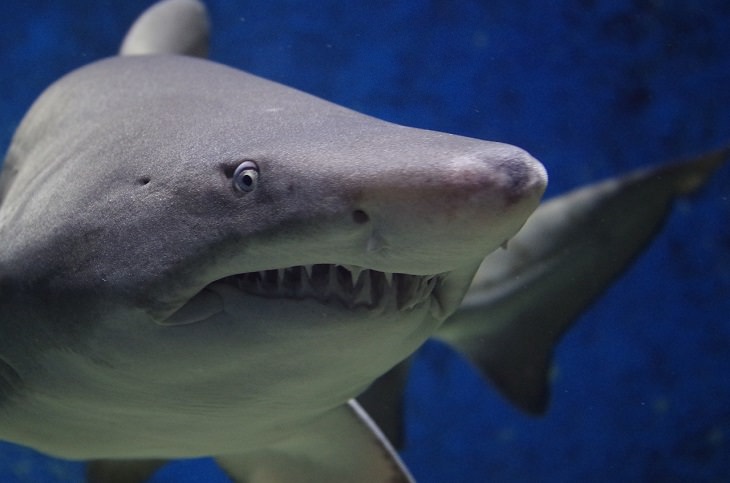
Most species of sharks can have up to 15 series of teeth in their jaws, which are the most powerful jaws on the planet. Over a single lifetime, a shark can grow nearly 50,000 teeth and in the case of larger sharks even more. According to experts, there are over a trillion fallen shark teeth scattered all across the ocean floor.

Embryos of many shark species have been known to fight each other while gestating. The average litter can contain between 20 and 150 baby sharks. One particularly unique species of shark, the spiny dogfish are ovoviviparous, meaning that they have embryos that grow inside eggs in their wombs. They can have a gestation period of up to 2 years.
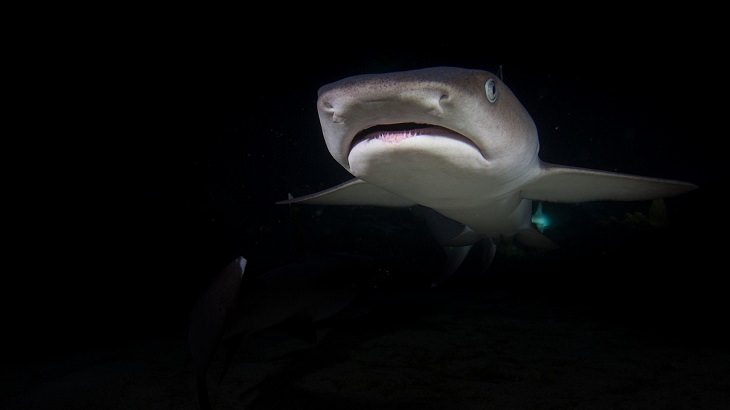
Most behavioral evidence shows that sharks generally prefer to sleep during the day and hunt at night. Though they are typically solitary animals who live and hunt alone, other sharks are often attracted to the smell of prey and will join in on the hunting action in hopes of getting a bite.
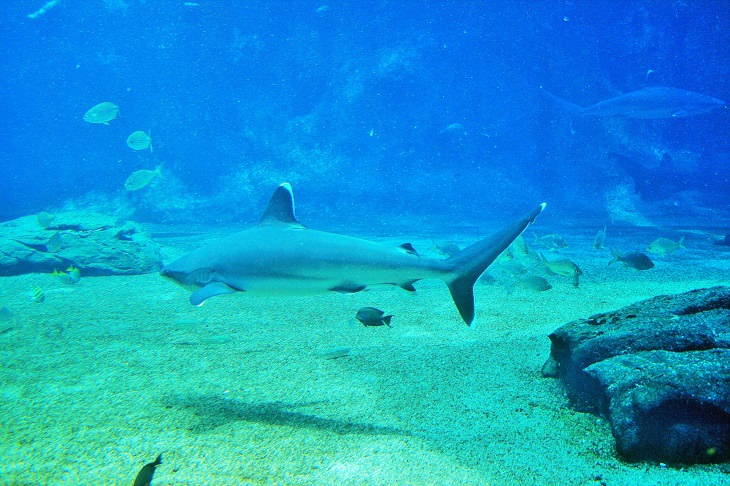
There are many shark species that do not reside in oceans but instead dwell in lakes and rivers. These freshwater sharks belong to two major groups: the bull shark, found in tropical rivers worldwide, and the river shark, found in the freshwater regions of Australia and Asia.
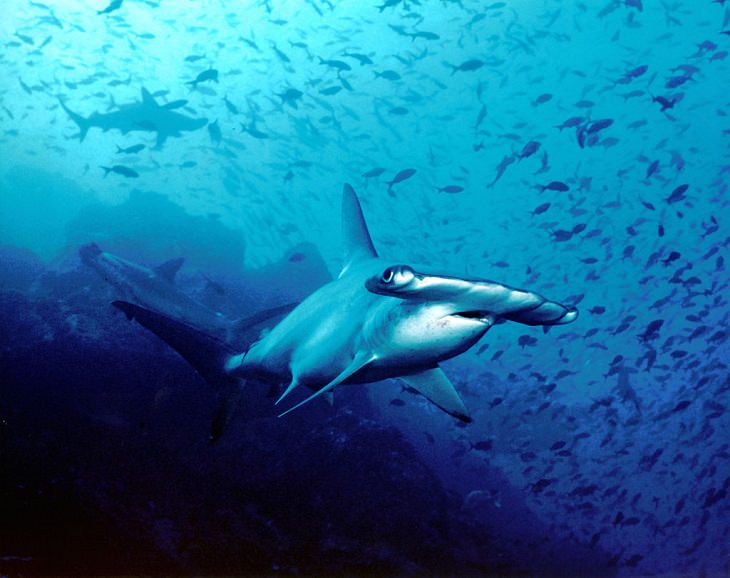
(By Barry Peters, Wikimedia Commons)
While the placement of the eyes on the sides of their head may make you think their scope of view is limited, each eye actually gets about 180 degrees of vision. Hammerheads can also rotate their eyes and swivel their heads to quickly improve their stereoscopic vision and see 360 degrees around them.
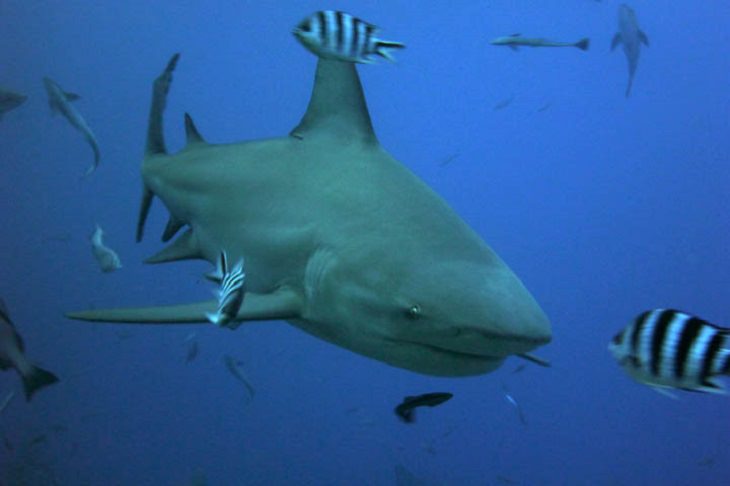
(Flickr)
Since the bite of a great white shark is 4 times stronger than that of a lion, you may think that it is the deadliest shark, but that honor actually goes to the bull shark. The force of a bull shark's bite is said to be equivalent to that of a grizzly bear. The most powerful shark bite every delivered, however, came from a mako shark.

In addition to their incredible 360-degree vision, hammerhead sharks also have around 3000 ampullary pores on their head. These pores are electroreceptors, designed to pick up electrical fields across the ocean within a certain long-range vicinity. This helps them to detect approaching animals, both prey and predators.
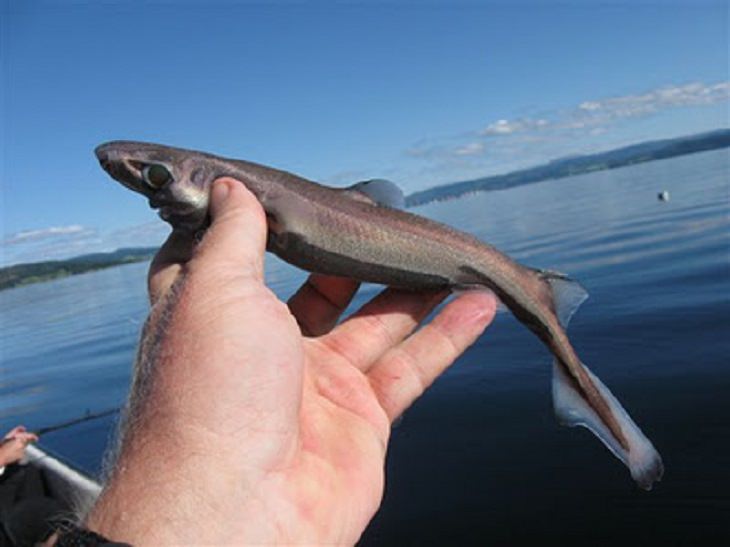
(By Javontaevious, Wikipedia)
We tend to see sharks as massive, imposing, and fearsome creatures, but the size of sharks can vary greatly. The largest shark is the whale shark, which can grow between 20 and 40 feet in length. The smallest shark is a fish called the dwarf lantern shark which is just slightly longer than the length of a human hand.
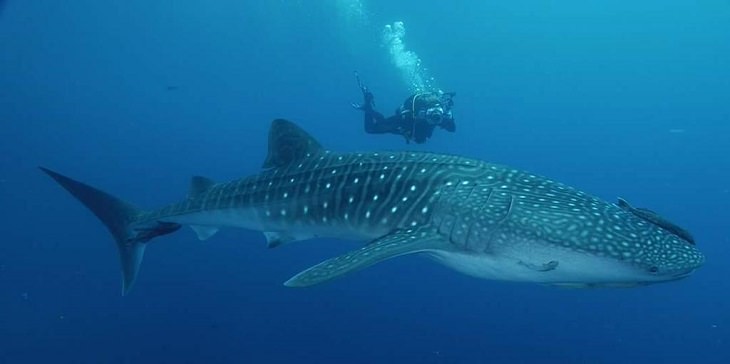
(By Crystaldive, Wikimedia Commons)
Despite the fear and panic commonly associated with these heavily-toothed massive swimmers, most species of sharks have no interest in humans as prey. Less than 40 of the 500 known species of sharks have been linked to attacks on humans. The largest shark, the whale shark, is actually known to interact with and play with humans, though its size poses a variety of other threats.
Share this with other marine maniacs!